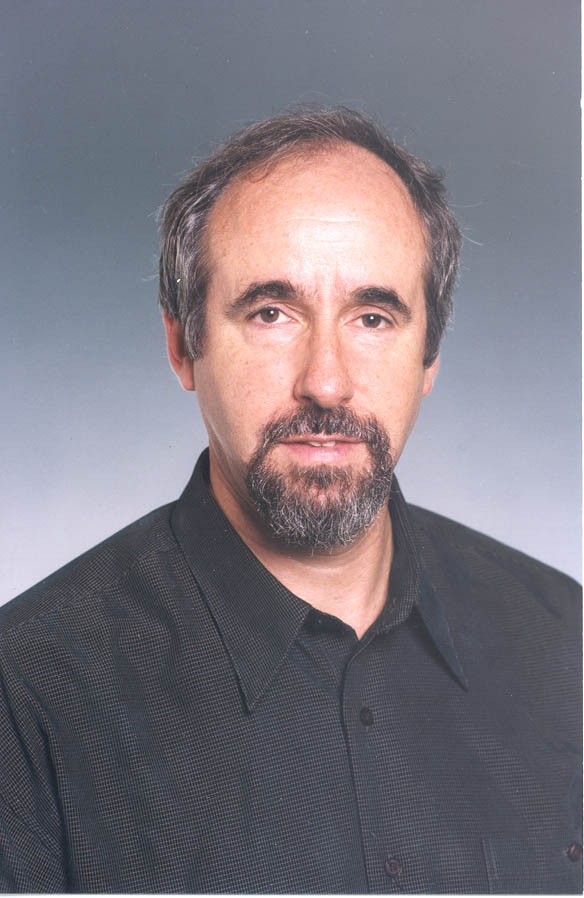
School of Computer Science
Carnegie Mellon University
Distraction-free Ubiquitous Computing
David Garlan
 |
David Garlan School of Computer Science Carnegie Mellon University |
The most precious resource in a computer system is no longer its processor, memory, disk or network. Rather, it is a resource not subject to Moore's law: user attention. Today's systems distract a user in many explicit and implicit ways, thereby reducing his effectiveness. Project Aura is fundamentally rethinking system design to address this problem. Aura's goal is to provide each user with an invisible halo of computing and information services that persists regardless of location. Meeting this goal will require effort at every level: from the hardware and network layers, through the operating system and middleware, to the user interface and applications. Project Aura will design, implement, deploy, and evaluate a large-scale system demonstrating the concept of a "personal information aura" that spans wearable, handheld, desktop and infrastructure computers. In this talk I discuss some of the challenges and recent results in area of ubiquitous computing architectures, motivated by our experience in Project Aura.
David Garlan is an Associate Professor in the School of Computer Science at Carnegie Mellon University, where he heads the ABLE Project, and is a Principle Investigator on the Aura Project. He received his Ph.D. from Carnegie Mellon University in 1987. Dr. Garlans research interests include software architecture, ubiquitous computing, formal methods, and software development environments. Dr. Garlan is one of the founders of the field of software architecture. His research group has developed a number of languages and tools for design of software architectures including: Wright (a formal language for software architectures that focuses on specification and analysis of component interactions), Aesop (a design environment for software architecture, supporting rapid customization to architectural styles), and Acme (a language for interchange of architectural designs). Dr. Garlan has written dozens of papers on software architecture, and co-authored the book Software Architecture: Perspectives on an emerging Discipline.